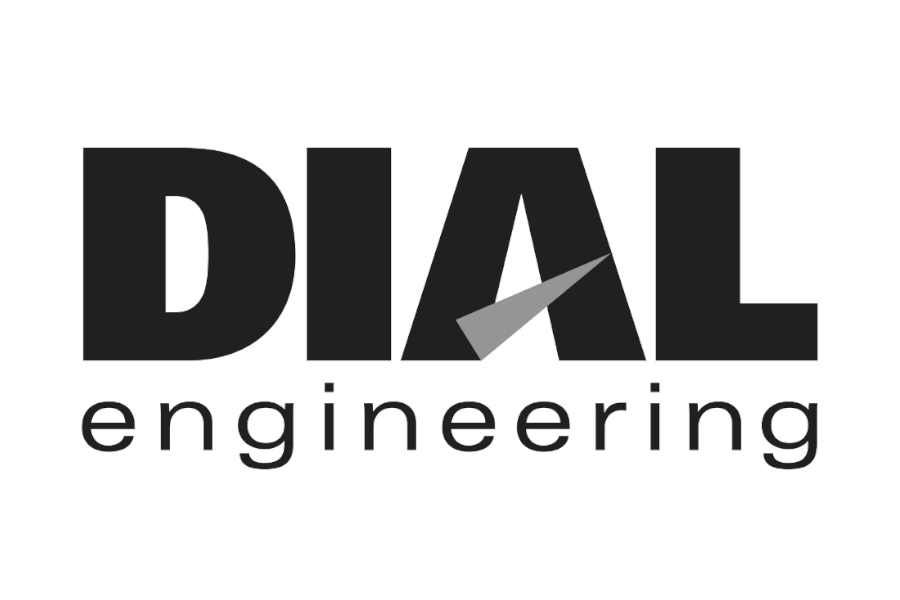sent on january 5, 2024
Relevant literature indicates the average rider can brake at ~0.64 g piloting a motorcycle without ABS and ~0.80 g on an ABS-equipped machine. These data, though, were acquired in controlled environments, which raises the question: how do riders behave naturalistically? While there is limited data available, the reported decelerations are surprisingly low and inconsistent with what I’ve observed in my casework.
The plan to get more naturalistic data
As you likely know, Kawasaki began equipping their motorcycles with bona fide EDRs in 2013, and as of 2023, more than half of their models are so-equipped (for coverage see Ed Fatzinger’s site or search the owner’s manual for “event data recorder”). Depending on the bike, we generally get 5.3 to 6.7 seconds of pre-tipover data, including wheel speeds, throttle position, engine speed, clutch status, gear position, along with several diagnostic parameters. A graph from a Kawasaki EX300 report is below, showing the rear-wheel speed initially at 105 mph with the throttle at 81% before the rider initiated braking, ultimately achieving an average deceleration of 0.85 g.
With a collection of similar datasets, Ed Fatzinger and I hope to perform a study documenting the naturalistic braking behavior of riders using Kawasaki EDR and video (when available). I think the results will greatly benefit to both the reconstruction and riding communities. With that in mind, if you have any Kawasaki EDR reports you’re willing and able to share, please reply to this email. No identifying information will be disclosed in the resulting publications.
I hope the New Year is off to a great start for you!
Lou Peck
Lightpoint | Axiom























